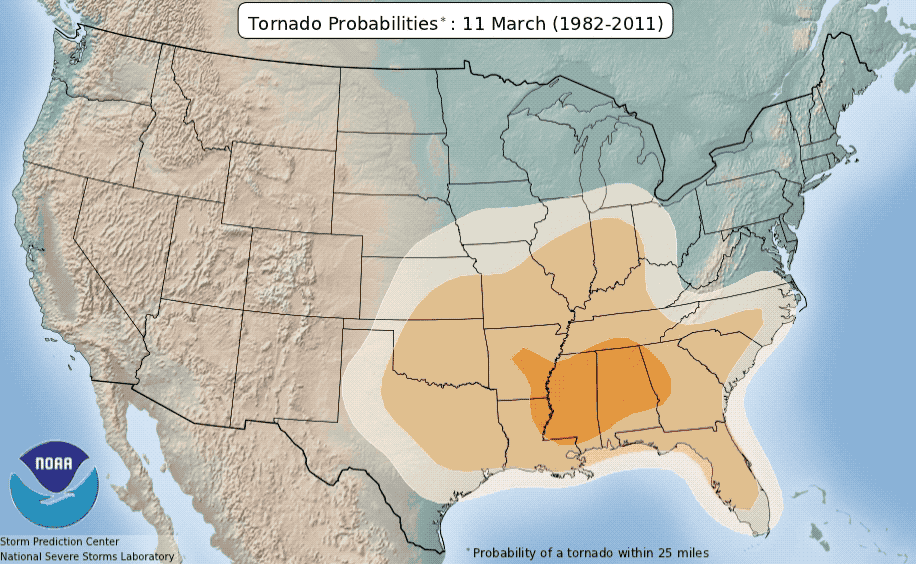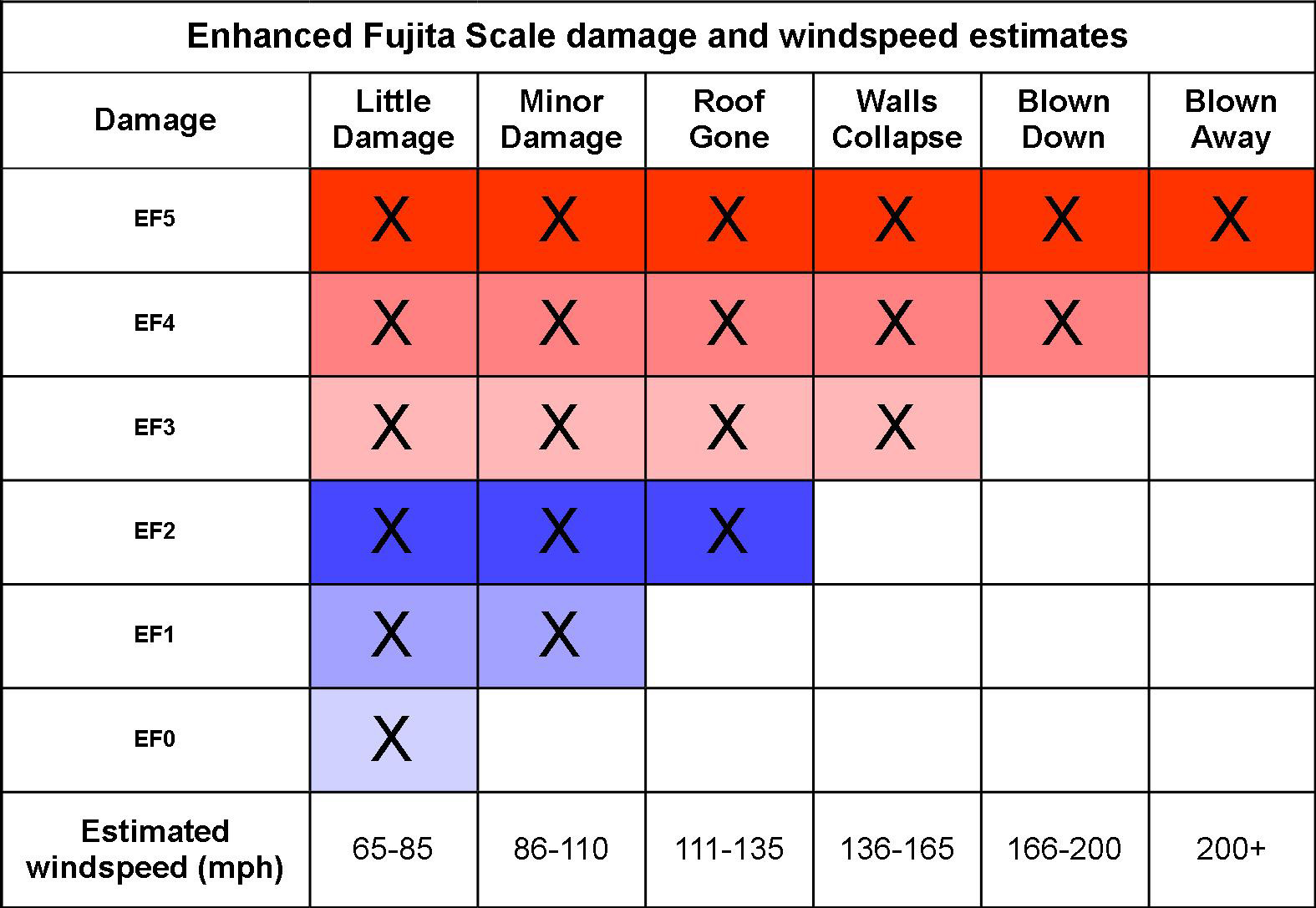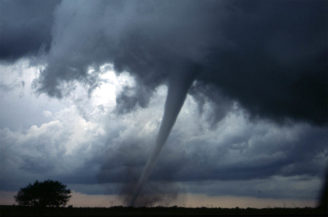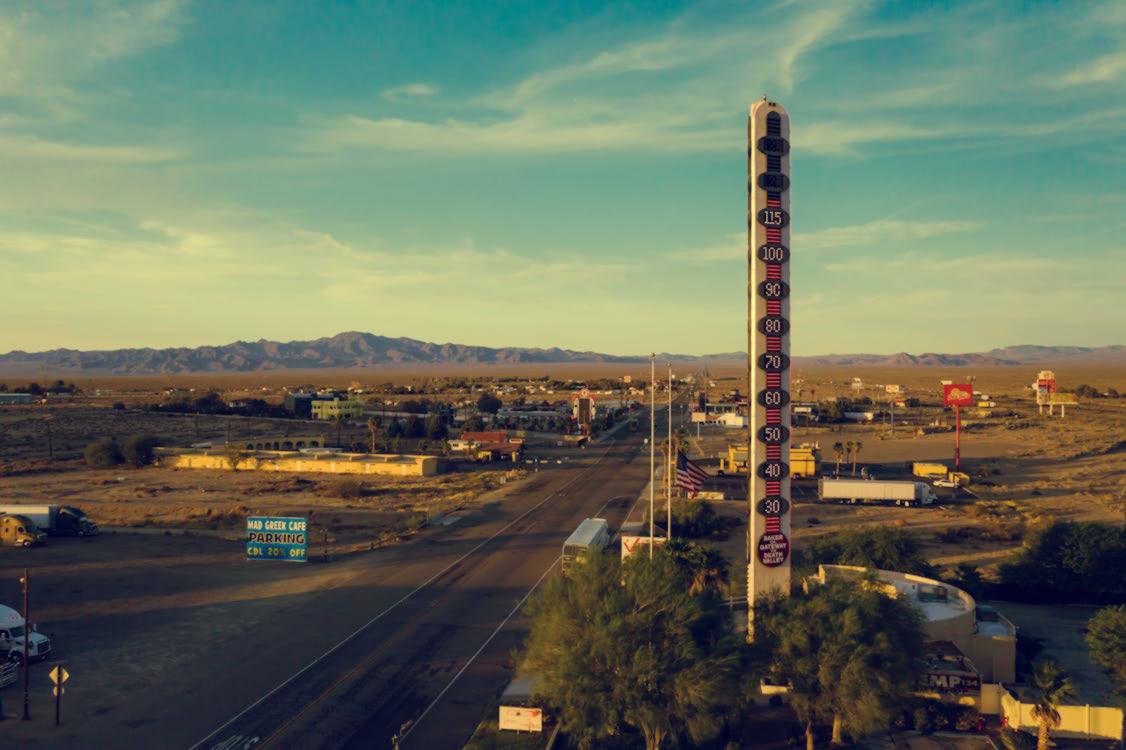Severe weather is upon us in the United States with damaging tornadoes hitting the southern states in late January and late February. One EF4 tornado also tore through Alabama and Georgia in early March, the worst of the roughly 100 reported tornado total so far in 2019. As we move into the spring and summer months, conditions historically become more volatile. Specifically from March to June, the highest chance of severe weather spreads north and east across the Plains, the Midwest, and Southeast. Like Hurricanes and Wildfires, Tornadoes have a peak season too.
Where is Tornado Alley?
As we move out of winter, warm moist air from the Gulf of Mexico begins to creep up the infamous “tornado alley”. Tornado Alley is the swath of the country’s midsection from Northern Texas to the Canadian border. There are no official boundaries for tornado alley and the term itself is more of a media buzz word rather than scientific distinction. The term, however, isn’t unwarranted. Almost a quarter of all tornadoes occur in this area (depicted in the map below). Although tornadoes can happen across the US, the tornadoes that form in tornado alley are frequently the largest and most destructive.

Probability of tornadoes across the US throughout the year. The probability is estimated from a 30-year period of severe weather reports from 1982-2011. (NOAA Storm Prediction Center)
The Enhanced Fujita Scale for Measuring Tornadoes
Like Hurricanes, tornadoes are measured by their wind speeds. Also like hurricanes, they are measured from 0-5, but their categories are based on the Enhanced Fujita Scale. The smallest tornadoes swirl between 65-85 mph which can cause localized damage. On the other end of the scale, the largest tornadoes can tear through counties and cause widespread devastation from their 200+ mph winds. The highest recorded wind speed on earth was measured at 302 mph in 1999 by a mobile weather station during an EF5 event near Oklahoma City, OK. RedZone has found that over the last few years, NOAA has actually developed a way to show tornado paths and destruction. Now anyone can track near-real-time damage from major severe weather events using NOAA’s Damage Viewer.
Although tornadoes can happen across the US, the tornadoes that form in tornado alley are frequently the largest and most destructive.

The National Oceanic and Atmospheric Association estimates tornado wind speeds by examining damage to property. The Enhanced Fujita scale ensures that all tornados are rated evenly. Tornados with higher wind speeds and increased damage receive higher EF-values. (U.S. Air Force graphic/Senior Airman Thomas Trower)
SOURCES:
https://www.citylab.com/environment/2015/04/a-monthly-guide-to-peak-tornado-season-in-america/391382/
https://en.wikipedia.org/wiki/Tornadoes_of_2019
https://www.ready.gov/tornadoes
https://en.wikipedia.org/wiki/Tornado_Alley





One Comment